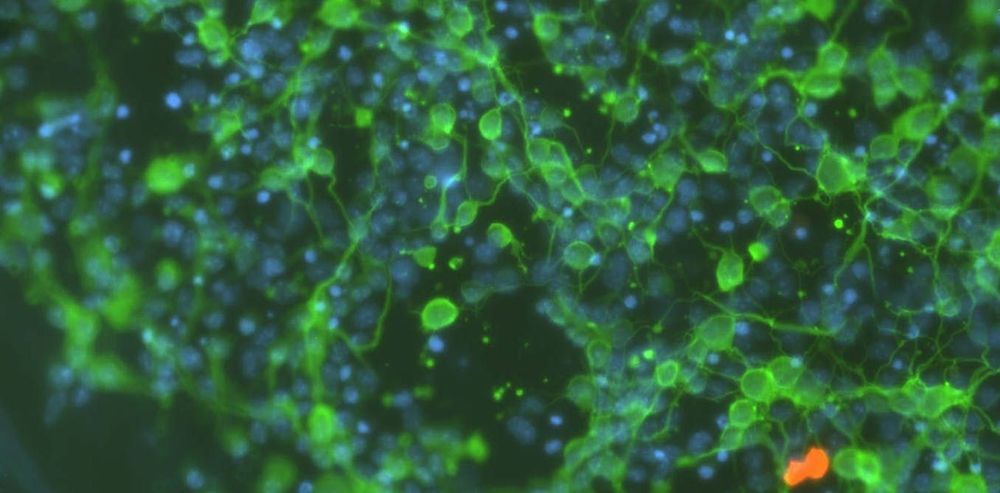Jul 10, 2019
Self-destructing mosquitoes and sterilized rodents: the promise of gene drives
Posted by Derick Lee in categories: bioengineering, biotech/medical, genetics
The technical challenges are not as daunting as the social and diplomatic ones, says bioengineer Kevin Esvelt at the Massachusetts Institute of Technology (MIT) Media Lab in Cambridge, who was among the first to build a CRISPR-based gene drive. “Technologies like this have real-world consequences for people’s lives that can be nearly immediate.”
Altering the genomes of entire animal populations could help to defeat disease and control pests, but researchers worry about the consequences of unleashing this new technology.


















